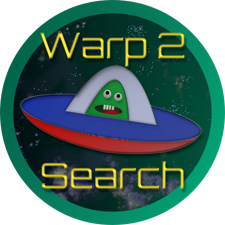VirtualBox is a virtualizer that extends the capabilities of your existing computer so that it can run multiple operating systems inside virtual machines at the same time.
VirtualBox is a virtualizer that extends the capabilities of your existing computer so that it can run multiple operating systems inside virtual machines at the same time.Targeted at server, desktop, and embedded use, it is now the only professional-quality virtualization solution that is also Open Source Software. VirtualBox Features: Modularity. It has an extremely modular design with well-defined internal programming interfaces and a client/server design. This makes it easy to control it from several interfaces at once: for example, you can start a virtual machine in a typical virtual machine GUI and then control that machine from the command line, or possibly remotely. It also comes with a full Software Development Kit: even though it is Open Source Software, you don't have to hack the source to write a new interface for it. Virtual machine descriptions in XML. The configuration settings of virtual machines are stored entirely in XML and are independent of the local machines. Virtual machine definitions can therefore easily be ported to other computers. Guest Additions for Windows and Linux. It has special software that can be installed inside Windows and Linux virtual machines to improve performance and make integration much more seamless. Among the features provided by these Guest Additions are mouse pointer integration and arbitrary screen solutions (e.g. by resizing the guest window). Shared folders. Like many other virtualization solutions, for easy data exchange between hosts and guests, VirtualBox allows for declaring certain host directories as "shared folders," which can then be accessed from within virtual machines. Some extra features are available with the full VirtualBox release only. Virtual USB Controllers. It implements a virtual USB controller and allows you to connect arbitrary USB devices to your virtual machines without having to install device specific drivers on the host. Remote Desktop Protocol. Unlike any other virtualization software, it fully supports the standard Remote Desktop Protocol (RDP). A virtual machine can act as an RDP server, allowing you to "run" the virtual machine remotely on some thin client that merely displays the RDP data. USB over RDP. With this unique feature, a virtual machine that acts as an RDP server can still access arbitrary USB devices that are connected on the RDP client. This way, a powerful server machine can virtualize a lot of thin clients that merely need to display RDP data and have USB devices plugged in.Download

